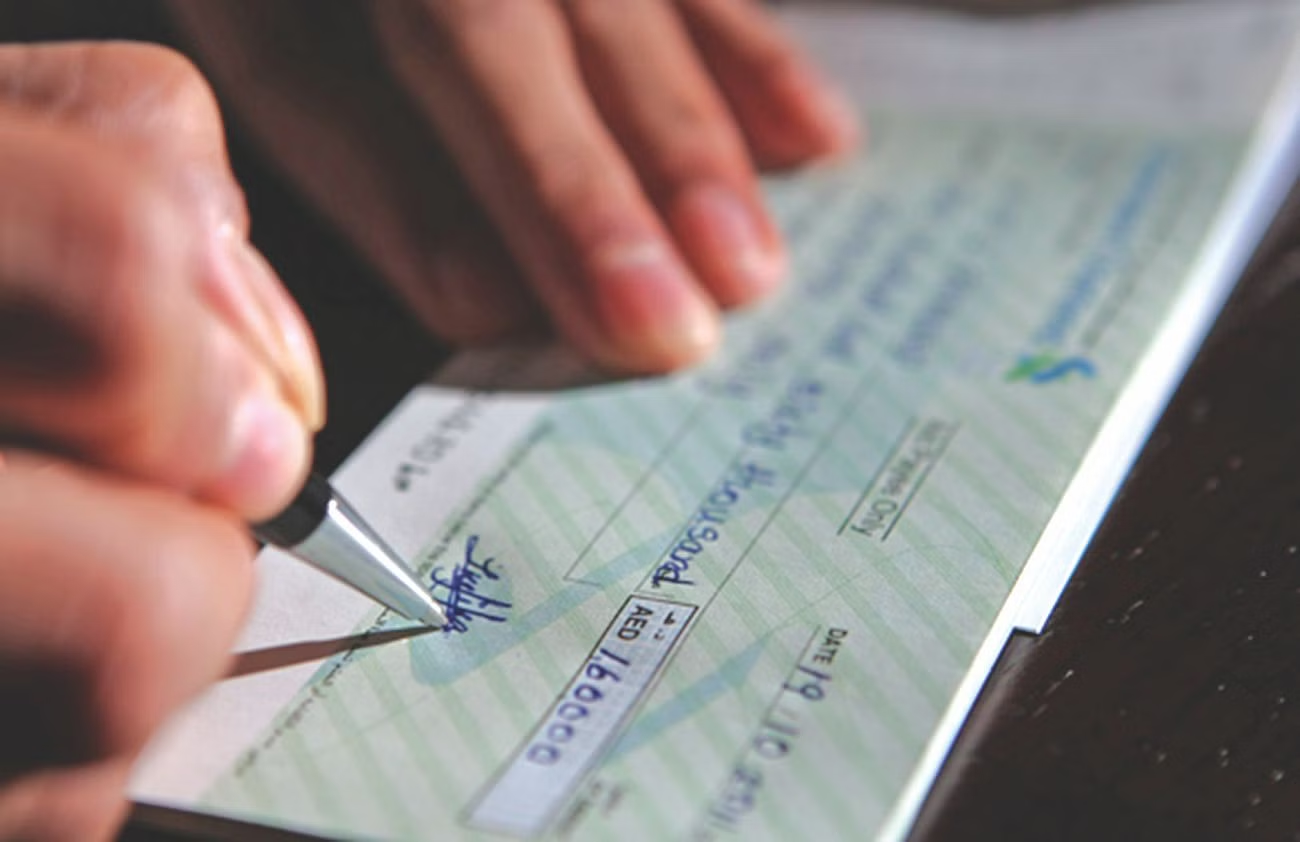
Cheque Signature Rules: The use of cheques is increasing day by day. The rules related to chequebook are important for every account holder. If you do not have the correct information, then you can also become a victim of a big fraud. In such a situation, where to sign? In which situation should a signed cheque be given to someone. It becomes very important to know this, let us know why do we sign on the back of the cheque?
Today we have many facilities for many financial transactions. We can do any transaction through ATM, net banking or cheque. Although we should keep many things in mind while doing any transaction. A small mistake can harm us. If you make payment by cheque, then you should be very cautious. Your small mistake can bounce your cheque. If the cheque bounces too much, then you can also go to jail.
Whenever you make any payment by cheque, you also sign the back of the cheque. Many people do not know why the sign is done behind the chuck. Come, let us answer this question in this article.
Why is there a signature on the back of a cheque?
Not every cheque is signed at the back. Bearer cheques are signed at the back only. Let us tell you that a bearer cheque is a cheque that you deposit in the bank. This cheque does not have the name of any person. On an order cheque, you do not need to sign on the back of the cheque (Cheque Signature Rules). An order cheque is a cheque in which you tell the person to whom you are transferring money. In an order cheque, the bank officials first check and then transfer the money.
Why do bearers sign the back of cheques?
Actually, there is a risk in a bearer cheque that the cheque is not stolen. If the bank accepts that cheque, then action can also be taken against the bank. For this reason, the bank gets the cheque signed at the back. This ensures that the bank has transferred the money. If the money is transferred to the wrong person, it is not the bank’s fault.
For transactions of more than Rs 50,000, the bank also asks for address proof from the customer. Only after this, it gives the money to the customer. Many banks also ask for signatures at the back to verify the signature on the front. If a person refuses to sign, he has to fill a form in the bank to withdraw cash.
In these situations, you do not have to sign on the back of the cheque
You do not have to sign on the back of an order or payee cheque. Apart from this, sometimes a signature is not required on a bearer cheque as well. This happens when a customer withdraws money from his own account through a cheque. This means that if a third person comes to withdraw cash with a bearer cheque, then a signature is required on the back of the cheque.
















